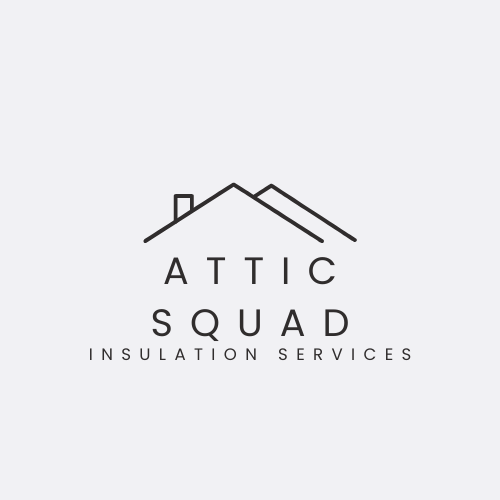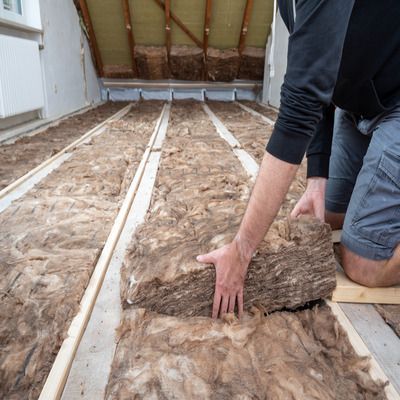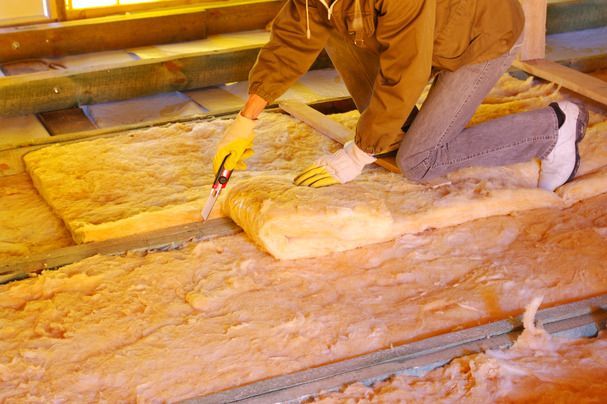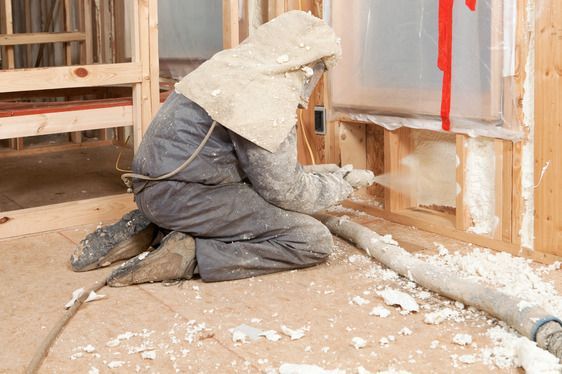How Attic Insulation Affects Allergies And Respiratory Health
Allergy symptoms and breathing issues often start where you least expect them—inside your own home.

Dust, pollen, and mold spores can collect in poorly insulated attics, circulating through your air and triggering discomfort for your family. Proper attic insulation helps reduce these airborne irritants, creating a cleaner and more stable indoor environment that supports healthier breathing.
In Pasadena’s warm climate, insulation does more than regulate temperature. It also limits moisture buildup that can lead to mold growth and helps block outdoor pollutants from entering your living space. By improving air quality and reducing humidity, you create conditions where allergies and respiratory issues are less likely to flare up.
Attic Squad Insulation focuses on insulation solutions designed for Pasadena homes, combining energy efficiency with health benefits. When you understand how insulation affects indoor air quality, you can make better choices that protect your comfort and your family’s well-being.
The Impact of Attic Insulation on Allergies and Respiratory Health
Attic insulation influences how clean and breathable your indoor air feels. The type, age, and condition of insulation determine whether it supports healthy airflow or traps irritants that aggravate allergies and respiratory issues.
How Attic Insulation Affects Indoor Air Quality
Your attic insulation acts as a barrier between outdoor pollutants and your living space. When it’s clean and properly sealed, it limits dust, pollen, and outdoor allergens from circulating indoors.
Old or damaged insulation can release fibers, dust, and volatile organic compounds (VOCs) that irritate your lungs and sinuses. In humid conditions, moisture buildup may lead to mildew or mold growth, both of which can worsen asthma and allergy symptoms.
In Pasadena, CA, where warm, dry weather alternates with occasional damp periods, maintaining insulation integrity is important. Professional attic insulation services can inspect for air leaks, replace deteriorated materials, and improve ventilation to keep your home’s air quality stable.
Common Allergens and Airborne Irritants in Attics
Attics often accumulate dust mites, mold spores, rodent droppings, and insulation fibers that become airborne when disturbed. These particles can move through ducts and vents, reducing indoor air quality and triggering allergic reactions.
Fiberglass and cellulose insulation can shed fine particles over time. If the insulation becomes wet, it may harbor mold colonies that release spores into the air. Even small leaks in your roof or HVAC system can accelerate this problem.
You can limit exposure by sealing gaps, keeping storage areas tidy, and scheduling periodic inspections. Using HEPA filtration and moisture control devices also helps reduce airborne irritants before they reach living areas.
The Role of Insulation Removal in Reducing Health Risks
When insulation becomes contaminated or degraded, insulation removal is often the most effective way to restore a healthy environment. Removing old materials allows professionals to identify mold, rodent nests, or asbestos-containing insulation that may pose long-term risks.
During removal, technicians use protective equipment and containment methods to prevent fibers and dust from spreading. Once the attic is cleaned and sanitized, new insulation can be installed to improve both energy efficiency and air quality.
Hiring a licensed contractor in Pasadena, CA, such as Attic Squad Insulation, ensures that removal and replacement meet safety standards and minimize exposure to allergens and respiratory irritants.
Choosing the Right Attic Insulation for Health and Comfort in Pasadena
Selecting proper attic insulation in Pasadena’s warm, dry climate helps maintain indoor comfort while reducing allergens and moisture buildup. The right materials can improve air quality, energy efficiency, and long-term structural health of your home.
Benefits of Spray Foam Insulation for Allergy Prevention
Spray foam insulation creates an airtight seal that limits dust, pollen, and outdoor pollutants from entering your attic and circulating through your home. By closing small gaps and cracks, it reduces exposure to airborne irritants that can trigger allergies or respiratory issues.
Unlike fiberglass batts, spray foam resists mold growth because it does not absorb water. This property helps keep your attic dry and prevents microbial buildup that can affect sensitive family members.
You also benefit from better indoor air control. With fewer leaks, your HVAC system filters and circulates cleaner air, helping maintain consistent humidity and temperature levels. This combination supports a healthier living environment with fewer allergy triggers.
Enhancing Thermal Performance and Energy Efficiency
Proper insulation improves your home’s thermal performance, which means it maintains stable indoor temperatures with less energy use. In Pasadena, where summer heat can be intense, effective attic insulation reduces heat transfer from the roof into your living areas.
Spray foam and high R-value fiberglass both deliver strong energy efficiency. They help your air conditioner run less frequently, lowering energy bills and extending equipment life.
Insulation Type Key Benefit Typical R-Value Range Spray Foam Air sealing and moisture resistance R-6 to R-7 per inch Fiberglass Cost-effective and non-combustible R-3 to R-4 per inch By maintaining a consistent temperature, you reduce condensation and moisture buildup that can lead to mold or structural damage.
Additional Solutions: Radiant Barrier and Rodent Proofing
A radiant barrier reflects heat away from your attic, especially valuable under Pasadena’s strong sun. Installed under the roofing system, it complements insulation by reducing radiant heat gain and improving overall comfort.
Rodent proofing is another critical step. Rodents can damage insulation, leave droppings, and introduce allergens into your home’s air. Sealing entry points and using durable materials protect both your insulation’s integrity and your family’s respiratory health.
Combining a radiant barrier with professional rodent proofing ensures your attic remains clean, efficient, and free from contaminants that can affect indoor air quality.
Frequently Asked Questions
Proper attic insulation helps maintain cleaner indoor air, limits allergen buildup, and supports consistent air circulation throughout your home. Choosing the right insulation type and maintaining it regularly can reduce respiratory irritants and improve comfort for your family.
How does proper attic insulation improve indoor air quality?
When your attic is well-insulated and sealed, it prevents outdoor pollutants, dust, and moisture from entering your living areas. This helps stabilize humidity levels and reduces the spread of airborne particles that can trigger allergies or asthma symptoms.
Can attic insulation reduce the presence of allergens in the home?
Yes. Effective insulation limits air leaks and prevents pollen, mold spores, and dust from circulating through vents or cracks. By keeping the attic dry and sealed, you reduce the conditions that allow allergens to thrive.
What types of attic insulation are most effective for allergy sufferers?
Closed-cell spray foam and properly installed fiberglass insulation are often effective because they create tight air barriers and resist mold growth. Cellulose treated with borates can also help deter pests and reduce allergen buildup.
How often should attic insulation be replaced to maintain healthy air quality?
You should inspect insulation every few years for signs of moisture, mold, or compression. In Pasadena’s climate, replacement is often needed every 10 to 15 years, depending on material type and attic conditions.
Are there specific insulation materials recommended for homes in Pasadena to alleviate respiratory issues?
Materials with strong air-sealing properties, such as spray foam or formaldehyde-free fiberglass, perform well in Pasadena’s warm, dry climate. These options reduce dust infiltration and help maintain steady indoor temperatures that support better respiratory health.
What steps can homeowners take to ensure their attic insulation is contributing to a healthier indoor environment?
You can schedule regular attic inspections, seal air leaks, and keep ventilation systems clean. Replacing damaged insulation and maintaining proper attic airflow help prevent mold growth and maintain consistent air quality throughout your home.



